The financial statements of banks are typically much more complicated than those of companies engaged in virtually any other type of business. While investors considering bank stocks look at such traditional equity evaluation measures as price-to-book (P/B) ratio or price-to-earnings (P/E) ratio, they also examine industry-specific metrics to more accurately evaluate the investment potential of individual banks.
1. Non-Performing Assets (NPAs)
What are NON PERFORMING ASSETS? NPAs are of Two Types
1. GNPA:- Loans where interest is not received for a period of 3 months, a loan turns into NPA. GNPA tells us about the financial condition of the bank. High GNPA tells us that the asset quality of the bank is in bad shape.
Lower the better.
2. NET NPA:- Banks provide for some loans going bad. The net NPA is that portion of bad loans which has not been provided for in the books.
Net NPA gives us a better view of the financial health of the Bank as by this ratio we get to know about the ability of the bank to provide for Non-Performing Assets.
Lower the better.
2. Capital Adequacy Ratio(CAR)
It is the ratio of a bank’s capital in relation to its risk-weighted assets and current liabilities. This is a measure of a bank’s ability to meet its obligations. A high CAR means the bank can absorb losses without diluting capital.
Higher the Better.
3. Current Account, Savings Account Ratio (CASA Ratio)
It is the proportion of current account and savings account deposits in the total deposits of the bank. Lower CASA Ratio means the bank relies on costlier wholesale funding which may hurt the margin of the bank. As we know that no interest is given by banks on Current Account deposits & an interest rate of as low as 3.5% is given on Saving Account Deposits, these are relatively very cheap source of financing for banks as compared to other sources.
Higher the Better.
4. Provisioning Coverage Ratio
Provisioning means to set aside or provide some funds to cover up losses if things go wrong and some of their loans turn into bad assets. A high PCR ratio (ideally above 70%) means most asset quality issues have been taken care of and the bank is not vulnerable.
Higher the Better.
5. Net-Interest Margin
The difference between interest earned by a bank on loans and the interest it pays on deposits is called Net-Interest Margin. Net-Interest Margin will be high for banks with higher low-cost deposits or high lending rates. In particular, for a bank, if the bank has a significant amount of non-performing assets (such as loans where full repayment is in doubt). NIM will generally decrease because interest earned on non-performing assets is treated, for accounting purposes, as repayment of principal and not payment of interest due to the uncertainty that the loan will be fully repaid.
Higher the Better.
6. Credit-Deposit Ratio
This shows how much a bank lends out of its deposits. A high credit-deposit ratio suggests an overstretched balance sheet, and may also hint at capital adequacy issues. Credit-Deposit Ratio helps in assessing a bank’s liquidity and indicates its health.
If the ratio is too low, banks may not be earning as much as they could be.
If the ratio is too high, banks might not have enough liquidity to cover any unforeseen fund requirements which may affect capital adequacy.
7. Return On Assets(ROA)
It shows how profitable a bank’s assets are in generating revenue. A lower RoA means that the bank is not able to utilize assets efficiently. Negative ROA implies the bank’s assets are yielding a negative return. The term return in the ROA ratio or Net Profit to Total Assets customarily refers to net profit or net income, the number of earnings from sales after all costs, expenses, and taxes. The more assets a company has amassed, the more sales and potentially more profits the company may generate. As economies of scale help lower costs and improve margins, the return may grow at a faster rate than assets, ultimately increasing return on assets.
Higher the better.
Open Demat Account With
Upstox (FREE) – Click Here
Zerodha (Rs 300) – Click Here







Very enrichment & knowledge gaining article.
Got a clear picture of the fundamentals of banks
Thank you for such a mind polishing writing!
Brilliant job Rakshit!